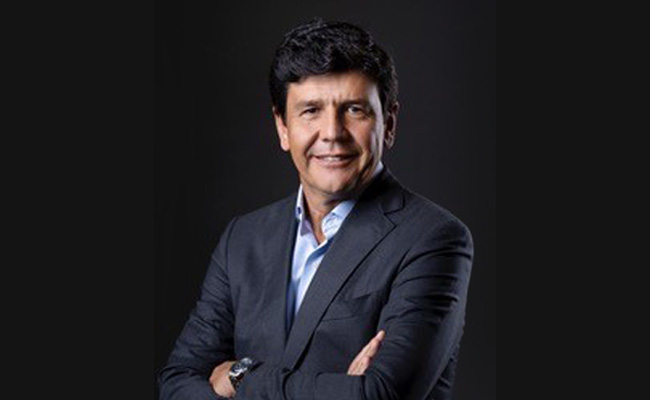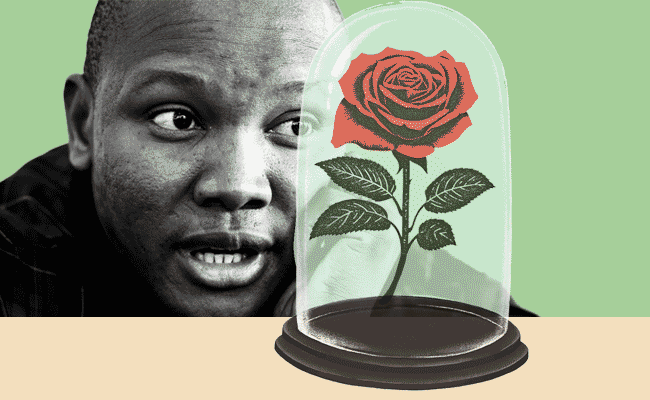Private credit has surged to prominence globally, becoming one of the fastest-growing institutional routes for investors seeking yield, diversification and resilience. Curiously, however, Africa has barely featured in this wave.
Of the $1.3-trillion now deployed into private credit worldwide, less than 5% flows to emerging markets and just 0.3% to Africa.
This mismatch is striking when set against the continent’s growth story: a population of 1.4-billion – projected to rise to 2.5-billion by 2050 – and a combined GDP of $3-trillion, on par with India. Over the past two decades, Africa has averaged about 4% annual economic growth, and its credit-to-GDP ratios remain below 40%, compared with more than 140% globally.
Emerging markets account for half of global GDP and two-thirds of GDP growth over the past decade, yet remain under-allocated in institutional portfolios. This shows that for Africa, the opportunity is not just compelling; it is overdue.
Of course, it is true that Africa is not one country. Many treat the continent as a single market, even though the investable universe spans more than 40 countries, each with distinct political dynamics, regulatory frameworks, legal systems and sectoral strengths.
Nigeria and Kenya provide scale and depth in banking, telecoms and consumer markets, for example, while Côte d’Ivoire and Senegal bring stability and resilience in West Africa. Equally, South Africa provides the continent’s largest and most liquid market, while Namibia and Botswana offer niche exposures with low volatility.
This diversity is an advantage, allowing investors to balance risk profiles and smooth volatility across geographies and sectors.
Why private credit works
The last major wave of international capital flows to Africa focused on equity, fuelled by “Africa rising” headlines a decade ago. Many of those investments underperformed. Illiquid stock markets, limited exit options and local currency depreciation ate into returns.
But private credit avoids those pitfalls. Loans are self-liquidating, with fixed maturities and predictable cash flows. Most are denominated in hard currency, offering a natural hedge for investors. Protections are robust: tight covenants, collateral requirements and conservative leverage. And “covenant-lite” structures – loans with fewer restrictions on borrowers – which are commonplace in the US and Europe, are almost unheard of in Africa.
Finally, well-structured African private credit has historically produced loss ratios consistent with investment-grade credit, while delivering returns comparable to global high yield. In other words, perception of risk far outweighs reality.
For lenders, this creates a rare risk-return arbitrage of the sort you no longer see in developed markets. The structural features include:
- Lender-friendly frameworks: a large share of African private credit transactions are documented under English law and Loan Market Association standards, giving investors a high degree of confidence in the ability to enforce contracts, with collateral structured so it can be realised even outside local courts. That level of creditor protection is increasingly rare even in developed markets.
- Lower competition: institutional capital is still scarce. Most local banks favour holding government debt or lack the balance sheet depth to finance long-tenor, hard-currency loans to corporates. As a result, willing investors face far less competition when negotiating terms, often gaining access to attractive yields and stronger protections than is possible in crowded US or European markets.
- Robust protections: credit deals are typically structured with collateralised assets, strict covenants and strong sponsor backing. These not only mitigate downside risk, but also give lenders active monitoring rights and early-warning triggers.
- Lower leverage: borrower balance sheets are generally less geared. Net debt to earnings before interest, tax, depreciation and amortisation multiples average 2.5 to three in Africa, compared with five or higher in the US and Europe. This conservative capital structure reduces refinancing risk.
Together, these features mean Africa private credit can deliver a premium without excessive risk – an attractive prospect in an asset class where competition in developed markets has steadily compressed yields.
Funding bridges and hospitals
So how big a demand is there for private credit in Africa?
Immense: Africa faces an annual infrastructure investment need of $170bn, with an annual shortfall of $100bn. Small and medium-sized enterprises – the backbone of job creation – remain chronically underfinanced, with experts pegging the financing gap at more than $330bn.
Even large corporates are constrained, with Africa’s credit-to-GDP ratios stuck well below global levels. Lenders need liquidity to extend credit responsibly – but capital is constrained. Private credit can plug these gaps, while accelerating structural transformation.
For instance, there is an obvious need to finance industrialisation through manufacturers and processors, while enabling intra-African trade through logistics, distribution and working capital.
Equally, private credit can support financial inclusion by capitalising banks and non-bank financial institutions to serve households and small businesses. And, perhaps most obviously, it can be used to fund much-needed infrastructure – like telecoms towers, data centres, and water, transport and health-care facilities.
These are not once-off opportunities, but repeatable strategies capable of absorbing large pools of institutional capital.
My company, Sanlam Alternative Investments, has executed more than 170 transactions worth $2bn across the continent over the past 16 years, and there has only been a single default, across multiple cycles and political regimes.
Over the better part of the past decade, the growth in our African credit portfolio has compounded at 18% annually – reflecting both sustained appetite and consistent performance. The short loan life of just over two years ensures capital is recycled efficiently.
To illustrate the opportunity, look no further than our $10m senior loan to Solevo Group, a century-old fertiliser and specialty chemicals distributor, to expand its operations by product offering. Sanlam Alternative Investments was its only commercial lender, showing how private credit can step into underfinanced sectors to bolster food security.
We’ve seen this time and again: consistent lending to credible, productive African counterparties can deliver strong, repeatable risk-adjusted returns, at scale. For global investors, Africa is one of the last frontiers where disciplined credit can still deliver a genuine premium.
Balkisson is executive head of Pan-Africa Finance for Sanlam Alternative Investments, a division of Sanlam, which operates in 30 countries in Africa.
Top image: Rawpixel/Currency collage.
Sign up to Currency’s weekly newsletters to receive your own bulletin of weekday news and weekend treats. Register here.













